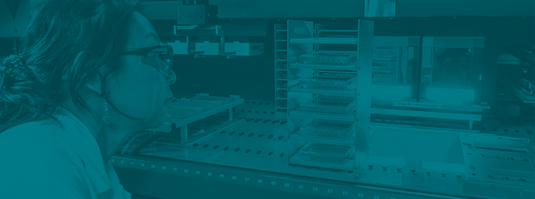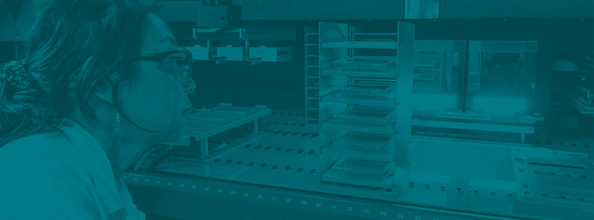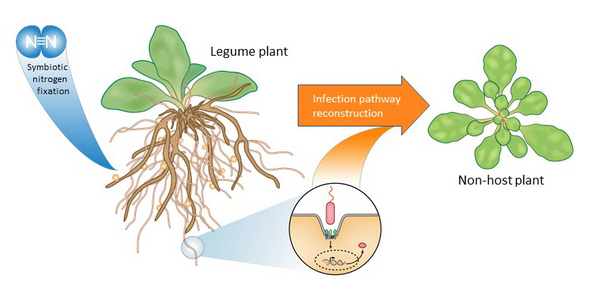Prof. Dr. Thomas Ott (CIBSS-PI), Institute of Biology II - Plant Cell Biology (Faculty of Biology), University of Freiburg
Most of the almost 14.000 legume species including crops such as peas and beans have the unique ability to undergo a symbiotic interaction with soil-borne bacteria, called rhizobia, which fix atmospheric nitrogen (N), convert it to ammonia and deliver it to the host. Consequently, legumes can grow on nitrogen-deprived soils (alike many agriculturally used soils), in the absence of any industrial N-fertilizer. The intracellular colonization of root cells by rhizobia is strictly surveyed by the host and requires a highly specific molecular dialogue between both partners. Upon the perception of rhizobia-derived lipochitooligosaccharides by host cell surface receptors specialized root epidermal cells (trichoblasts) undergo morphological changes and entrap a single bacterium to form a sealed compartment, the infection chamber. In here rhizobia divide and penetrate through several cell layers inside an infection channel (infection thread). In parallel, a trans-cellular signalling cascade is triggered that induces an organogenesis program, which results in the formation of a new organ, the root nodule. This will get colonized by the bacteria and function as a bioreactor.
In this project, we will study the molecular mechanisms that control nanoclustering of the abovementioned cell-surface receptors and aim to reconstitute functional symbiotic nanoclusters in heterologous cell systems.






